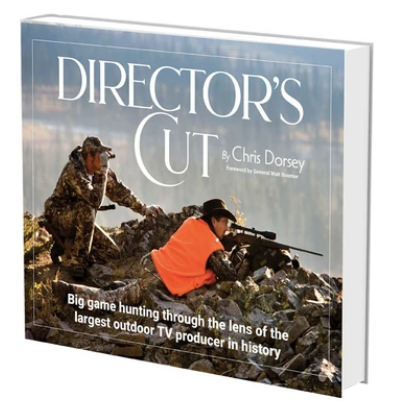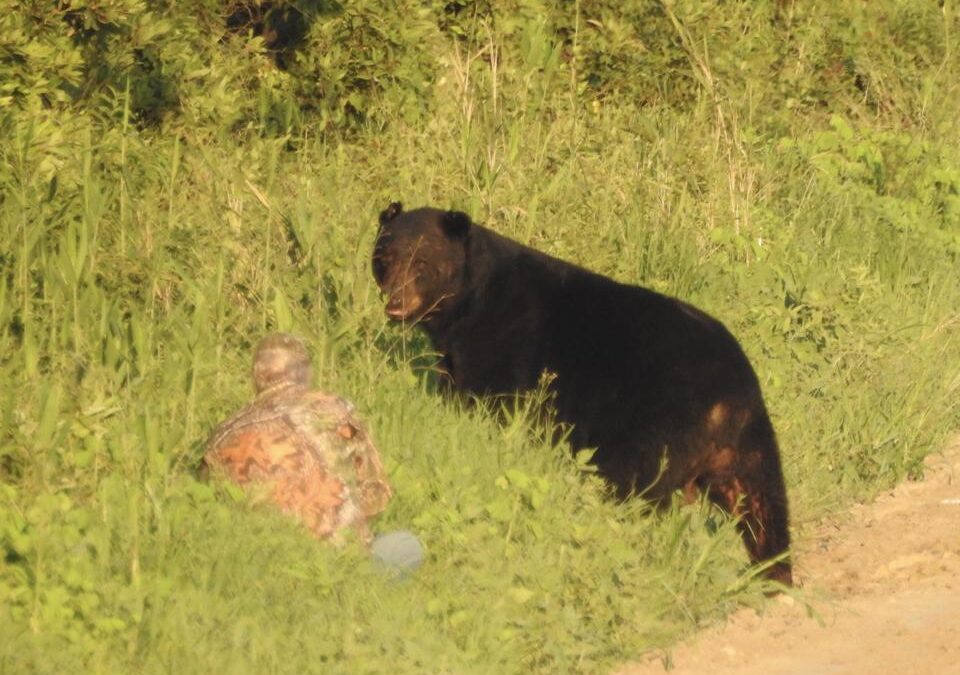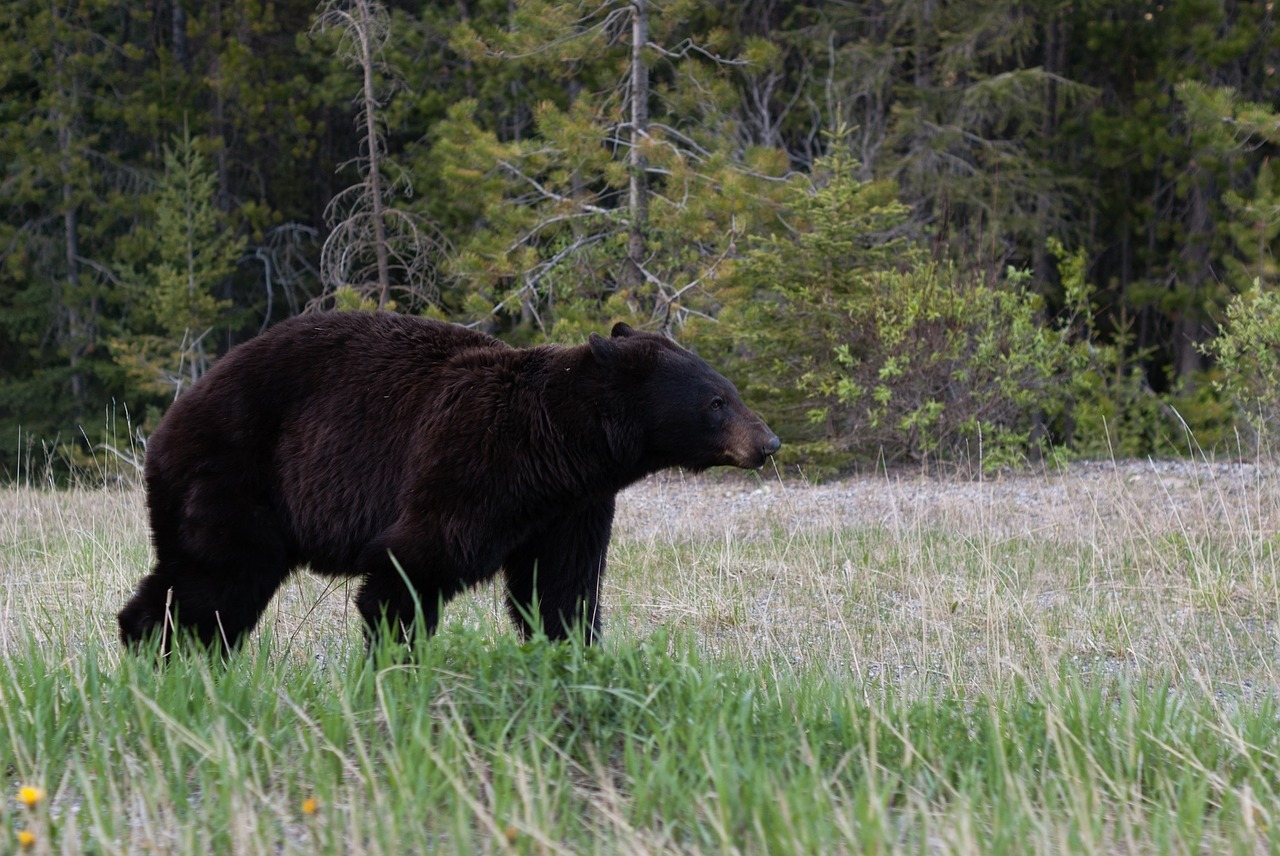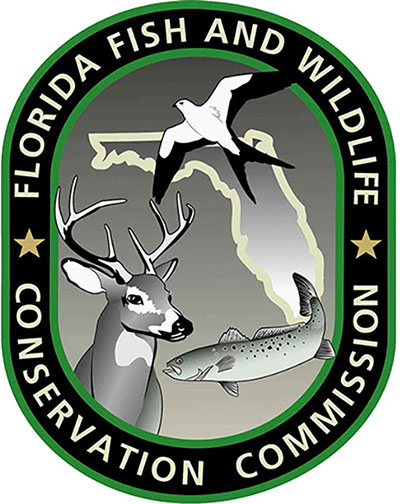One of the most remarkable—and little known—wildlife success stories in America takes place in coastal North Carolina.
Tom Harrison eases just a few feet away from a 600-pound black bear—armed only with a camera. According to the 63-year-old naturalist, the proliferation of black bears in coastal North Carolina—the largest of the species on the continent—is one of the least known wildlife phenomena in America. It’s also one of the greatest conservation success stories.

Naturalist and photographer Tom Harrison sees the bears as a tremendous asset for the region and was instrumental in creating an annual festival celebrating the species in his home town of Plymouth, North Carolina. Some 30,000 visitors from across the globe now attend the event held each June. COURTESY OF TOM HARRISON
“In the past 40 years,” says Harrison, “North Carolina’s once declining black bear population has rebounded and increased tenfold.”
Thanks to a program initiated in the early 1970s by the state wildlife agency—and hunters— sanctuaries for the bears were established across North Carolina. This allowed the bears safe havens where they could rest by day before departing to surrounding corn, peanut and soybean fields to feed, often under the cover and safety of darkness. Biologists now report that some 60 percent of the state’s land mass is occupied by black bears with sightings in all 100 North Carolina counties. Today, an estimated 20,000 bears roam the state, up from under 2,000 in the early 1970s.
The Albemarle/Pamlico Peninsula of the state’s Inner Banks, however, has the highest black bear density anywhere—a place with more bears than people. And these aren’t your garden-raiding variety of black bears but, instead, are the undisputed heavyweight champs of the Ursus americanus clan.
“There are three key reasons why our bears grow to such huge dimensions,” says Harrison. “First, we have mild winters which means the bears spend much more time eating than hibernating like their northern cousins. An abundance of high protein crops and super-sized genetics are the other factors explaining this bear utopia. Put these factors together with an ideal mix of forests, swamps and refuges—close to food sources—and you have a perfect recipe for an abundance of oversized bears.”
For Harrison, the bears are a natural treasure. Captivated by the giant beasts, Harrison decided to found the first ever North Carolina Black Bear Festival in 2015 in his hometown of Plymouth, population 4,000. The event was an instant hit and has now won numerous awards and draws upwards of 30,000 people, coming from nearly 30 states and numerous foreign countries.

COURTESY OF TOM HARRISON
Attendees to the festival are greeted with some 30 different bear-themed activities. Mechanical black bear ride, anyone? Bear tours, children’s activities, photographic seminars, airboat rides, a ‘bear’ theater, presentations by biologists, a visit to Bear-Ology—Plymouth’s natural history museum dedicated to the prolific bears (another Harrison brainchild), and scores of other events and activities that highlight the annual festival held the first full weekend in June.

More than 30 bear-themed activities make up the annual Plymouth Black Bear Festival, including a race and mechanical bear rides (pictured above). COURTESY OF TOM HARRISON
“The purpose of the festival,” says Harrison, “is to educate the public about these magnificent animals and this wildlife success story.”
Just how successful has the black bear comeback been? Consider that in 1972, there were only two bears reported killed on North Carolina highways. By 2011, that number had climbed to 272. While the region’s farmers aren’t all happy with the burgeoning bear numbers, for Harrison, the animals are a wild marvel that he enjoys educating others about—be it at his festival, in person or through the stunning images that he captures with his cameras.
This article originally appeared in Forbes. Follow Sporting Classics TV host Chris Dorsey at Forbes.
 The World Of Sporting Literature Has A New Classic from one of the planet’s most widely traveled hunters. Director’s Cut…Big game hunting through the lens of the largest outdoor TV producer in history, is a book and film production more than 15 years in the making. Author and Executive Producer Chris Dorsey, along with a team of the world’s best sporting life photographers and cinematographers, embarked on expeditions to distant corners of the globe to create an indelible portrait of big game hunting.
The World Of Sporting Literature Has A New Classic from one of the planet’s most widely traveled hunters. Director’s Cut…Big game hunting through the lens of the largest outdoor TV producer in history, is a book and film production more than 15 years in the making. Author and Executive Producer Chris Dorsey, along with a team of the world’s best sporting life photographers and cinematographers, embarked on expeditions to distant corners of the globe to create an indelible portrait of big game hunting.
Dorsey has spent the past 25 years investigating and chronicling the animals, people and unforgettable places home to remarkable big game hunts while producing nearly 60 outdoor adventure television series. In the process, his teams amassed a library of more than 100,000 hours of HD footage and nearly 150,000 photographs, making Director’s Cut (the book and DVD) an unmatched celebration of the world of big game hunting. Buy Now




